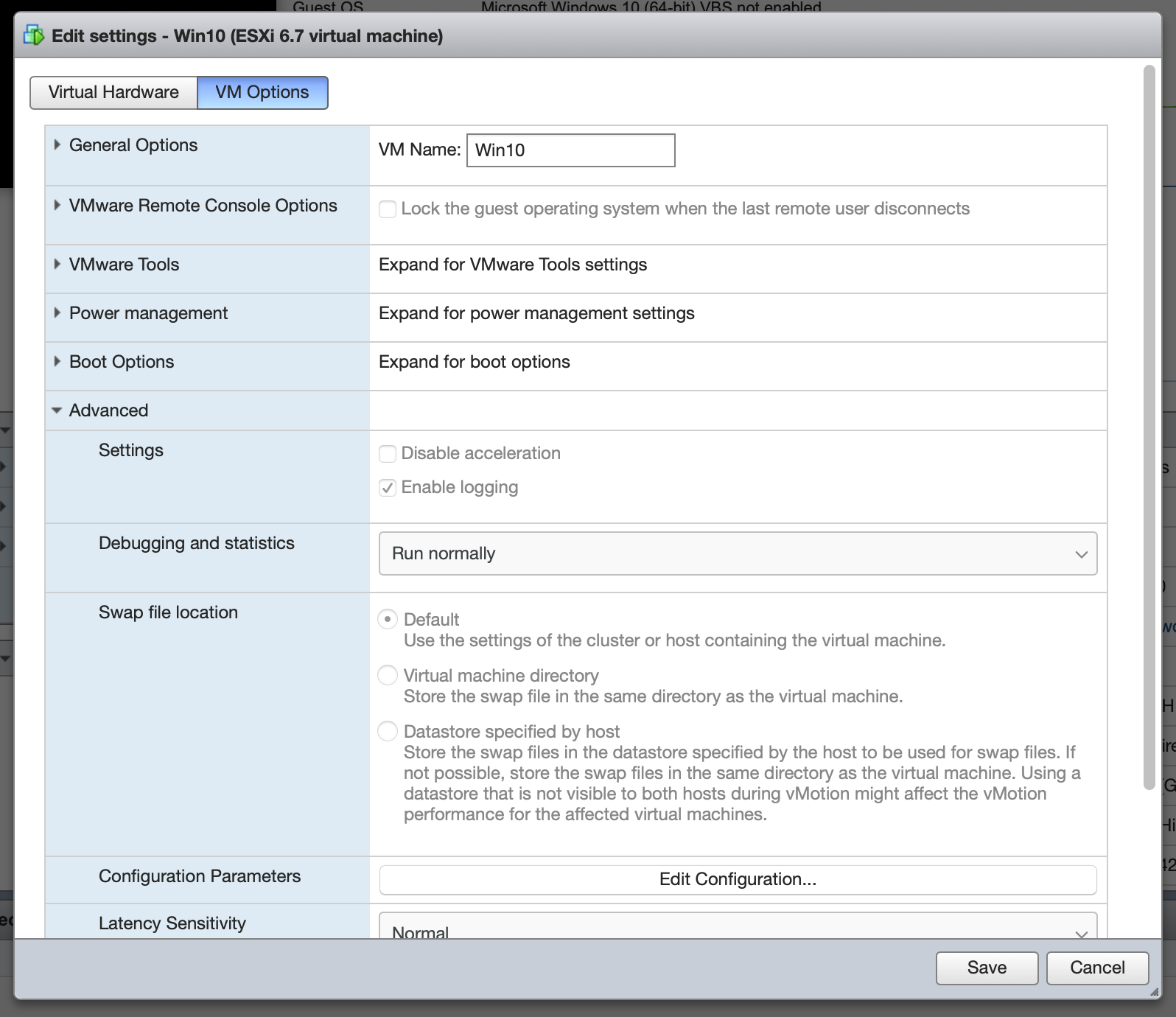

- #VMWARE ESXI 6.7 HOST GRAPHICS SETTINGS SOFTWARE#
- #VMWARE ESXI 6.7 HOST GRAPHICS SETTINGS LICENSE#
- #VMWARE ESXI 6.7 HOST GRAPHICS SETTINGS MAC#
- #VMWARE ESXI 6.7 HOST GRAPHICS SETTINGS WINDOWS#
Pure shall not be liable for incidental or consequential damages in connection with the furnishing, performance, or use of this documentation. This documentation is provided "as is" and all express or implied conditions, representations and warranties, including any implied warranty of merchantability, fitness for a particular purpose, or non-infringement, are disclaimed, except to the extent that such disclaimers are held to be legally invalid. In this blog article I’m going to go over some of steps necessary to configure the ESXi host to use TPM 2.0 chip. Pure Storage may make improvements and/or changes in the Pure Storage products and/or the programs described in this documentation at any time without notice. In a previous blog post I went over the details on how ESXi uses a TPM 2.0 chip to provide assurance that Secure Boot did its job and how that attestation rolls up to vCenter to be reported on.
#VMWARE ESXI 6.7 HOST GRAPHICS SETTINGS WINDOWS#
Locating the Dump Collector Folder in vCenter 6 If you are using Windows based vCenter Server then the core dump folder can be location under path. No part of this documentation may be reproduced in any form by any means without prior written authorization from Pure Storage, Inc. Remediate hosts and verify the compliance status of host/cluster to ensure coredump settings have been pushed on Esxi hosts.
#VMWARE ESXI 6.7 HOST GRAPHICS SETTINGS LICENSE#
The Pure Storage products and programs described in this documentation are distributed under a license agreement restricting the use, copying, distribution, and decompilation/reverse engineering of the products. Third party names may be trademarks of their respective owners. © 2015-2021 Pure Storage® (“Pure”), Portworx® and associated its trademarks can be found here as and its virtual patent marking program can be found here. Not required to be changed, but for high-performance requirements, PVSCSI is required to be used.Įnabling NTP is recommended for more efficient troubleshooting.Ĭonfiguring a remote syslog server is recommended to ensure logging required for troubleshooting is available. VMware paravirtual driver, clock sync, increased disk timeouts, and graphic support are part of the tools hence it is a crucial step. Otherwise, utilize 1500 to reduce complexity in configuration.ĭefault is recommended unless specifically requested by Pure Storage due to high-performance workloads. If you have a workload that would benefit from Jumbo Frames, and a network that supports it, then this is the recommended configuration. Improves performance when disabled in congested networks
#VMWARE ESXI 6.7 HOST GRAPHICS SETTINGS MAC#
The feature helps ensure host disk space is optimized, which is no small consideration with default drive sizes having trended downward on many Mac models.Best Practices for ALL versions of ESXi ESXi ParametersĮnables and controls use of Block Same (WRITESAME).Įnables and controls the use of Atomic Test & Set (ATS).Įnsures iSCSI sessions survive controller reboots.
#VMWARE ESXI 6.7 HOST GRAPHICS SETTINGS SOFTWARE#
When selected (enable the feature from the General Virtual Machine Settings option as shown in Figure B), the virtualization software automatically performs disk cleanup actions whenever a VM is shut down. Automated Disk Cleanup, originally introduced in Fusion 10, is but one example ( Figure B). In addition to security fixes, UEFI Secure Boot capability and additional support for the latest host and guest operating systems, including macOS, Ubuntu, Fedora, and Windows client and server platforms, the new VM software is enterprise ready.Įven novice users benefit from enhancements added over time designed to make it easier to manage virtual machines. With hardware platform version 16 support, performance and security are improved within Fusion 11 Pro. The enhancements simplify VM administration, particularly for those managing multiple VMs. And, new vSphere updates and ESXi 6.7 and vCenter Server Appliance 6.7 support enable viewing resources by VM, host, or cluster. Because youre connected to an individual host instead of the vCenter Server, you dont have a view of all ESXi hosts. You can now use the VM platform to connect to any Linux VM that's running an OpenSSH or compatible service, too. The VMware Host Client is an HTML5-based client that is 'baked' into each ESXi host and can manage a single host only. For example, there are new options for working with Mac-IP DHCP bindings and NAT port forwarding. Fusion's REST API, which smooths automation and third-party application integration, contains virtual networking improvements.


 0 kommentar(er)
0 kommentar(er)
